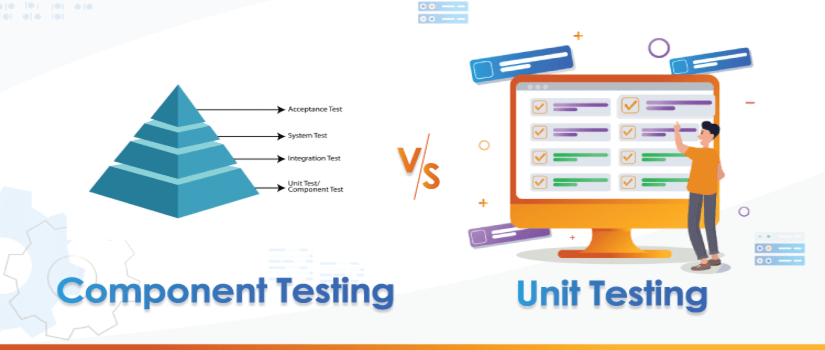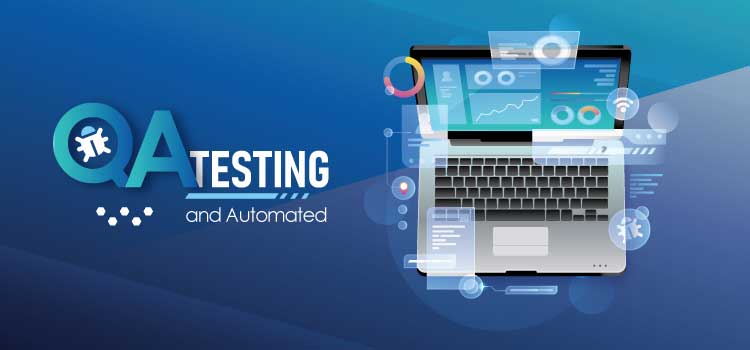During a systems development life cycle, there are certain techniques that get applied to make sure that the non-functional requirements for performance such as throughput, latency, or memory usage will be met. This falls under the radar of Performance Engineering.
Performance Engineering encompasses techniques that ensure complying with service levels and optimize application performance prior to its implementation.
Objectives Of Performance Engineering
• Increase business revenue by ensuring the system can process transactions within the requisite timeframe
• Eliminate system failure requiring scrapping and writing off the system development effort due to performance objective failure
• Eliminate late system deployment due to performance issues
• Eliminate avoidable system rework due to performance issues
• Eliminate avoidable system tuning efforts
• Avoid additional and unnecessary hardware acquisition costs
• Reduce increased software maintenance costs due to software impacted by ad hoc performance fixes
• Reduce additional operational overhead for handling system issues due to performance problems
• Identify future bottlenecks by simulation over a prototype
• Increase server capability
Ref: https://en.wikipedia.org/wiki/Performance_engineering
Any application that is to be designed and developed, can encounter performance issues. In today’s rapidly changing and demanding markets, customers have no time to wait for performance issues to be fixed after the release of the application. This is vital for the development teams to understand and it demands a Performance Engineering mindset. The classic approach of applying load testing to the QA cycle is kind of becoming something of the past. As it is too late by the time an application gets to the QA stage. A development team spends a lot of time in designing and developing an application. The business the application gets designed and developed for is always in rush and wants it in production asap. The classic approach to wait until the last moment to find out any performance issues is not acceptable by the businesses and also it delays time to market. The answer lies in getting it right the first time by ensuring rapid application delivery through Performance Engineering measures.
The best part of performance engineering techniques is the ability to adhere to any potential performance-related issues much earlier in the development process. It aligns well with agile processes.
Performance engineering is a more comprehensive approach to optimization than just conducting simple load tests at the end of the development phase.
Performance Engineering is driven by Business Requirements. Early detection of issues or errors in a development cycle is the key difference that Performance engineering brings to a business in terms of value.
Difference Between Performance Testing (QA) & Performance Engineering
The difference between Performance Testing and Performance Engineering methodologies is simple to understand. Performance Testing is a QA process that is applied at the completion of a development cycle whereas Performance Engineering is an ongoing process that occurs through all the stages of a development cycle. That is from design to development to QA.
There are dedicated teams for QA to execute performance testing, while Performance Engineering is a continuous process and occurs throughout a development cycle. It ensures the application is already optimized before it reaches the QA stage. Everyone participates in Performance Engineering, be it a designer, developer, or architect.
Performance Engineering defines a mindset that puts in place the importance of thinking about Performance issues from the Start. It is a proactive way and has a great return on investment for businesses.
For the development teams to ensure an application meets all the business objectives, it is a must for the development teams to adopt to Performance Engineering Tools that potentially cover multiple technologies.
Examples Of Some Performance Testing Tools
There are various performance testing tools available in the market. Some of them are
Conclusion
The QA roles are becoming less effective and Performance Engineering has brought this new change, where each member of a design and development team is somehow responsible for the performance of an application. The responsibility is shared across all the players within a team.
Contact us for Application Support and Maintenance services.











